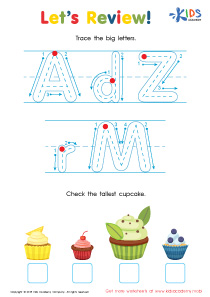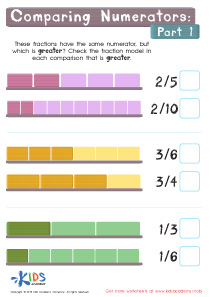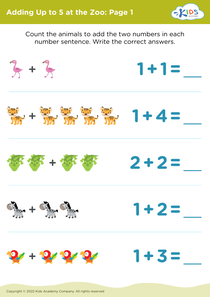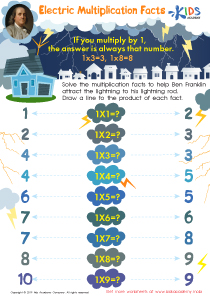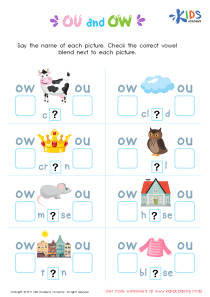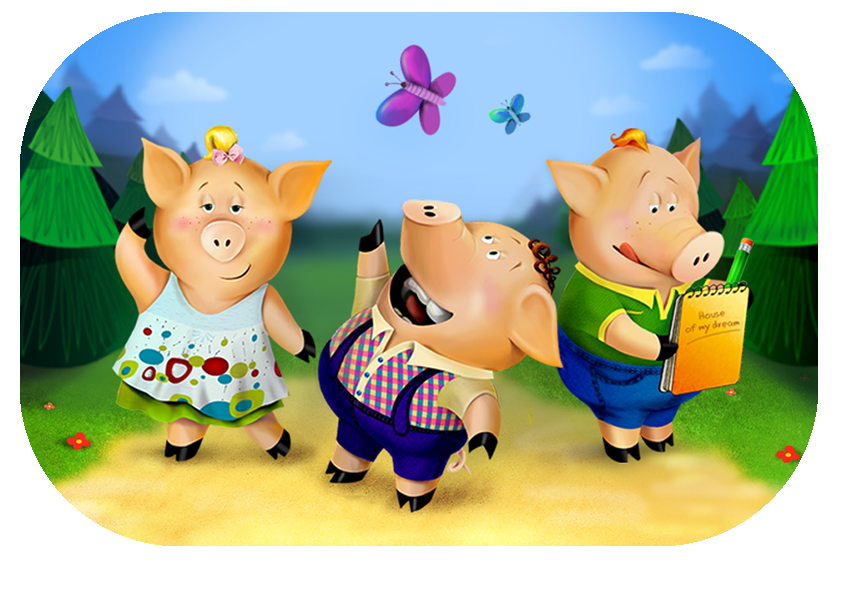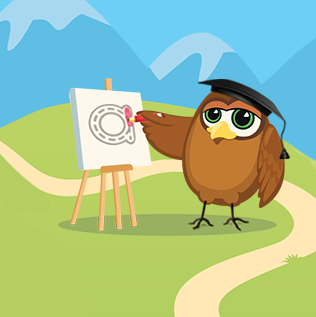English Language Arts Lessons | Letter Sound Relationships
4 results
Our Letter Sound Relationships Lessons are perfect for children in Preschool, Kindergarten, Grade 1, Grade 2, and Grade 3. These lessons aim to help children improve their reading skills by teaching them the relationship between letters and their sounds through interactive worksheets, educational videos, and assessment quizzes. With fun and engaging materials, children can learn and practice this fundamental reading skill at their own pace. These lessons are designed to help young ones develop a solid foundation in reading, which is essential for their academic success. With our Letter Sound Relationships Lessons, your child can become a confident and skilled reader in no time!
Letter Sound Relationships Lessons: Helping Kids Ace the Fundamentals of Language
The early years of any child's academic journey are crucial in building the foundation for future learning. As the English language comprises an extensive range of sounds, letters, and words, it is essential to equip young learners with the tools to decode words and grasp the mechanics of language effectively. In preschool, kindergarten, and the primary grades 1,2, and 3, Letter Sound Relationships Lessons are instrumental in helping kids develop their reading, writing, and listening proficiency. Through interactive worksheets, educational videos, and quizzes, students can boost their understanding of letter-sound relationships and improve their phonics skills.
The primary focus of Letter Sound Relationships Lessons is to teach students about the relationship between letters and their associated sounds. Through interactive worksheets, learners can actively explore the different vowels and consonants and understand how each letter contributes to the formation of words. The use of visual aids and graphics in these lessons helps young learners train their brains to recognize letters and sounds better. The interactive nature of these worksheets promotes engagement and retention, making it easy for students to retain the information they have learned.
For young learners, educational videos are a great way to enhance their communication skills and develop their receptive language abilities. With Letter Sound Relationships Lessons, instructional videos provide a captivating medium to engage young students in learning. These videos contain examples of letters and sounds presented in an interactive and entertaining format that can keep children hooked and maintain their interest. By watching and listening to the videos, students can learn letter-sound relationships, speech patterns, and pronunciation, thus developing essential language skills.
Assessment quizzes form a crucial part of Letter Sound Relationships Lessons. They help teachers gauge the effectiveness of their teaching methods while allowing students to test their understanding of the subject matter. These quizzes provide immediate feedback, so learners can measure their progress and identify areas where they need improvement. Additionally, the assessments motivate students to continue learning and absorbing knowledge.
In conclusion, Letter Sound Relationships Lessons provide children with an excellent opportunity to develop the fundamental language skills necessary for success in their academic careers. Preschool, kindergarten, and primary grades 1-3 are critical stages in a student's education that lays the foundation for their future learning. By using interactive worksheets, educational videos, and assessment quizzes, young learners can build a solid foundation in phonics and letter-sound relationships. These lessons offer a unique way of learning that encourages engagement, retention, and self-improvement.
